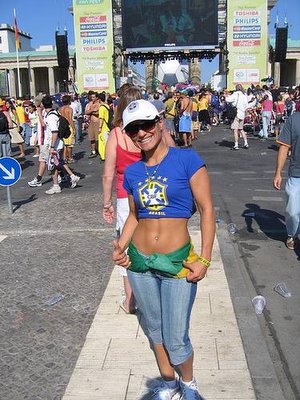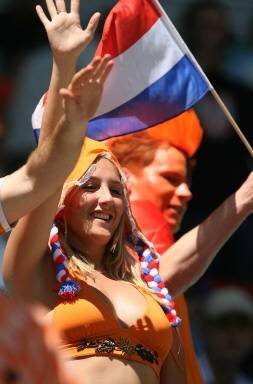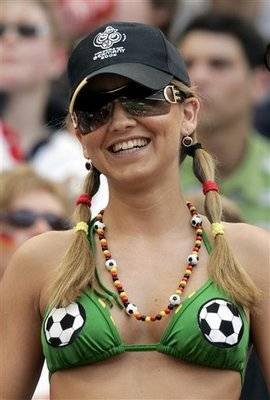Sejarah Kulim
Lombong-lombong bijih timah yang terbesar telah dibuka di kawasan Kulim ialah Taman Tunku Putra, Kg Bukit Besar, Karangan, Terap dan Kelang Lama. Menurut catatan pada tahun 1854 terdapat 8 buah syarikat cari gali bijih timah dengan jumlah pekerja seramai 1500 orang.
Kawasan ini dipercayai bekas lombong bijih terawal di Taman Tasik Putra, Pada tahun 1888 tercetus peristiwa besar di Kulim yang melibatkan pekerja-pekerja lombong bijih timah. Peristiwa ini dikenali sebagai "Perang Nyonya Cantik" atau "Perang Kulim". Kejadian ini bermula apabila taukeh-taukeh lombong bijih di sekitar Kulim bergaduh sesama sendiri kerana merebut seorang wanita Cina yang cantik atau wanita simpanan. Taukeh-taukeh ini telah menggunakan pekerja-pekerja lombong masing-masing dalam pergaduhan yang terjadi. Keamanan penduduk telah terancam dan pergaduhan ini telah berlanjutan bertahun-tahun lamanya dengan memakan korban yang banyak di antara pihak-pihak yang terlibat.
Insiden Perang Kulim 1888 ini telah menyebabkan kerajaan Kedah terpaksa melantik seorang rakyat British iaitu B.E Mitchell sebagai Ketua Polis Kulim pada tahun 1890 dan kedudukan kewangan negeri Kedah yang teruk. Melalui Perjanjian Bangkok pada tahun 1909 maka pihak British telah menganggap Kedah telah pun berada di bawah pemerintahannya. Hanya pada tahun 1923 barulah Sultan Abdul Hamid membuat perjanjian dengan British bahawa Kedah secara rasmi menjadi naungan British.
Nama Daerah Kulim dipercayai diberikan kerana terdapat banyak Pokok Kulim yang terdapat di kawasan ini terutama di kawasan Bandar Kulim oleh penduduk awal ini. Bekas pelombong yang bekerja di kawasan perlombongan yang kaya dengan hasil bijih timah di negeri Perak iaitu di kawasan Larut, Matang, Taiping dan Selama adalah yang mula-mula membuka Daerah kulim.
Bekas pekerja lombong ini melarikan diri dari kawasan bijih timah di negeri Perak kerana tidak mahu terlibat dengan pergaduhan yang sering berlaku di antara Kumpulan Kongsi antaranya kumpulan Ghee Hin dan Hai San yang sering di tubuhkan oleh pekerja-pekerja lombong negeri Perak bagi merebut kawasan yang kaya dengan bijih timah.
Dipercayai pelombong-pelombong ini melarikan diri merentas hutan belukar di kawasan Kulim menuju ke Pulau Pinang untuk mencari pendudukan baru. Pulau Pinang ketika itu sudah menjadi bandar pelabuhan yang sibuk di Utara Tanah Melayu sejak pembukaannya oleh Inggeris pada tahun 1786.
Ketika melalui kawasan Kulim bekas-bekas pelombong ini mendapati dalam sungai dan tanah ada tanda bahawa wujudnya bijih timah dan telah mengambil keputusan untuk tinggal menetap dan membuka perkampungan bagi memudahkan mereka mendulang bijih timah.
Di antara bangunan warisan yang masih terdapat di Kulim ialah panggung Coronation,Sek Men St. Patrick (1933) yang mana telah dijadikan sebagai bangunan perniagaan. Sekolah Menengah Sultan Badlishah (1948), Balai Polis Kulim dan sebagainya. Manakala jam merdeka Kulim telah dirasmikan oleh DYMM Sultan Kedah pada 15 September 1957 yang masih kekal menjadi mercu tanda bagi bandar Kulim.
Penguatkuasaan Akta Kerajaan Tempatan 1976 (Akta 171) mulai 1 Febuari 1978 Ditubuhkan pada 1 Ogos 1975 berikutan Undang-undang Kerajaan Tempatan (Akta 124) Perntukan Sementara. Ia adalah Percantuman diantara Majlis Bandaran Kulim, Lembaga Bandaran Kulim, Majlis Tempatan Lunas, Majlis Tempatan Padang Serai, Majlis Tempatan Junjung, Majlis Tempatan Mahang dan Majlis Tempatan.

































